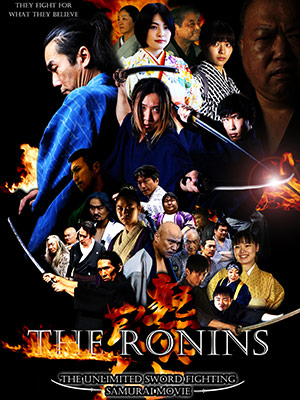The stairs consist of 1,425 stone steps ascending from the foot of the mountain, and is considered to be one of the largest mountain staircases in Japan. The current shape of Mt. Horaiji was formed through a combination of volcanic eruptions that occurred about 14 million years ago and the process of erosion that followed.
The geological features of the mountain can be characterized as lava that solidified into rock and volcanic ash. Its unique mystic landscape with its series of steep cliffs - one of which is symbolically called Kagamiiwa, or the mirror rock has been captivating people's hearts since ancient times.
Eventually, Horaiji temple was constructed in 703. During the Heian Period, Mt. Horaiji became a scared location mainly for the practitioners of the Shingon and Tendai sects of Buddhism who wished to acquire Buddhist esoteric teachings by dwelling deep in the mountain.
Later during the medieval period, lay people of the samurai class and many commoners began worshiping at this location to pray for health and safety from the main statue of the temple, Yakushi Nyorai, otherwise known as the Medicine Tathagata. Supported by the growing population of worshippers, Horaiji temple became most prosperous during the Edo period.
In 1969, Mt. Horaiji was designated as one of the national parks in the Tenryu-Okumikawa region for its rich diversity of flora and fauna - long protected by the Buddhist principle of non-killing, which is carved on the stone tablet placed at the entrance of the mountain.






